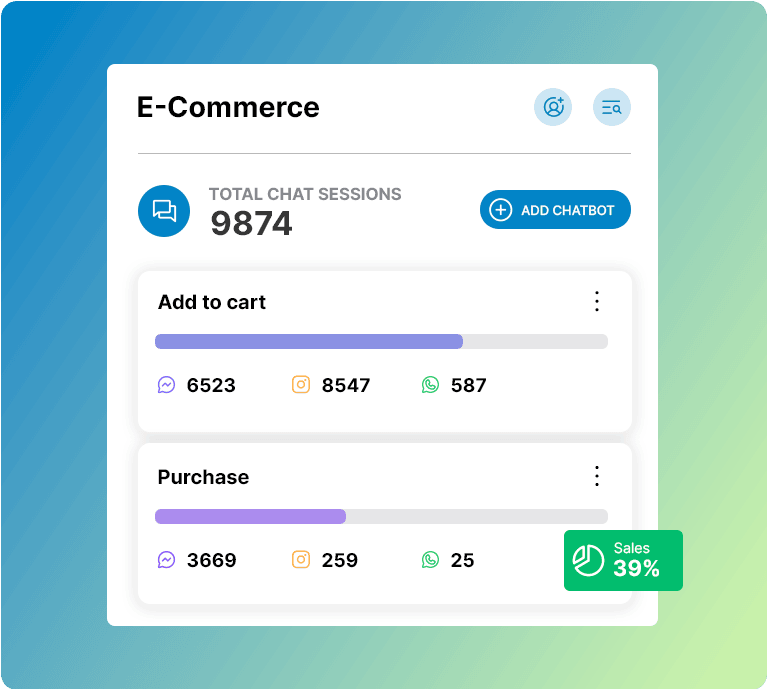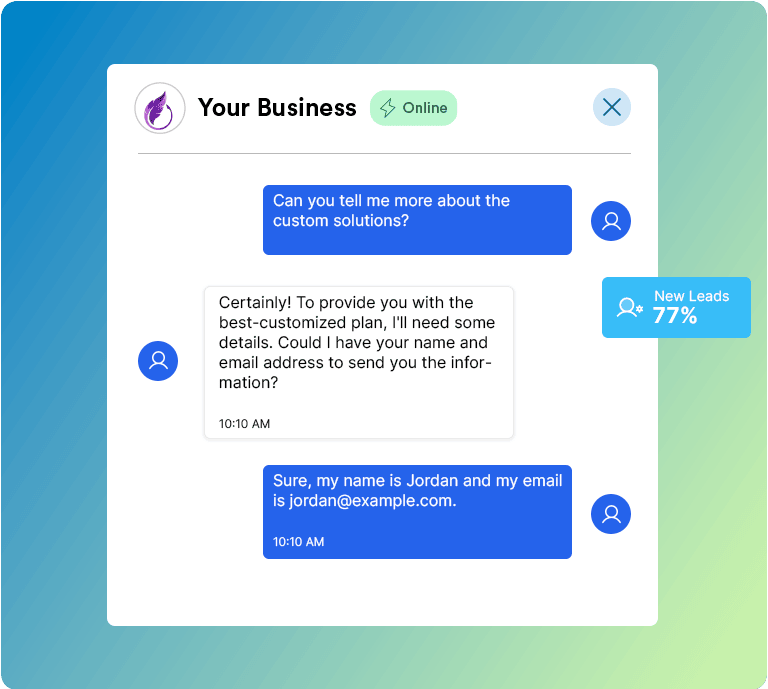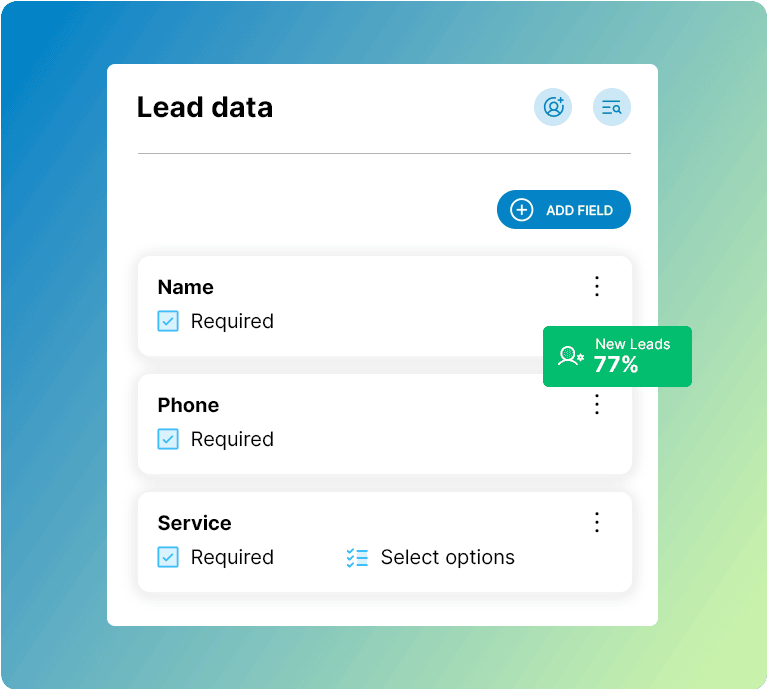How much time do all of us spend on WhatsApp daily? It is one of the most widely used messaging applications in the world, and people use it for everything—right from chatting with friends and family to work coordination and getting news updates. But do you know that businesses can use the power of WhatsApp through bots? Yep, those bots for WhatsApp can change everything in how you connect to your customers! Let’s get right into what a WhatsApp chatbot can do for you.
What Are Bots For WhatsApp?
First off, what is a WhatsApp chatbot? Quite simply, it is an automated program that helps you chat with customers on WhatsApp by sending instant responses and personalized messages while handling complex inquiries. Think of this as some sort of robot assistant that never sleeps!

Why WhatsApp Chatbots?
By now, perhaps you’ll be asking yourself, why really care about WhatsApp chatbots? Good question! Here are the reasons:
- 24/7 Availability: Chatbots, unlike us humans, do not sleep or rest. They can assist your customers at any time of the day, thus you will never miss a chance to make a sale or improve your users’ experience.
- Instant Response: We are living in a fast-moving world where everyone wants quick responses; chatbots can give instant responses to frequent queries, making your customers happy, which in turn saves your time.
- Personalisation: Set up the right way, chatbots can personalise experiences by leveraging information about users. This makes them feel special and valued.
- Scalability: Whether ten or ten thousand, your customers are never a problem for a chatbot. It can handle the load without a sweat.
- Cost-Effective: From hiring to training, a large customer support team is quite an expensive affair. A chatbot handles a good part of the workload and reduces your operational costs.

How Do WhatsApp Chatbots Work?
Now, down to the nitty-gritty: how these WhatsApp bots really work.
- Set up and Integration: The first step to working with a chatbot would be to integrate it with your WhatsApp Business account. Most often, this includes the use of a WhatsApp Business API.
Design the conversations based on the common questions customers generally come up with and the kind of responses they want to receive. Among tools that can make your chatbot understand and respond like a human are tools for Natural Language Processing.
- Automation and Testing: Once the conversations are designed, automate the responses. You should test the chatbot on a wide array of topics to be sure it’s going to handle scenarios well.
- Deploy: Once all testing is done, your bot is ready for deployment. Observe its performance and adjust as required.
Use Cases of WhatsApp Chatbots
Now that you know how they work, let’s go into some real-world use cases.
1. Customer Support
Now, say your customer has a problem with your product at 2 a.m. How great would it be if instead of waiting for your support team to wake up, he could just chat for assistance with your WhatsApp bot? From order tracking to troubleshooting common issues, a chatbot can do it all.
2. Sales and marketing
WhatsApp chatbots can prove to be the most powerful in driving sales. From customised product recommendations to offering discounts, even helping customers in making purchases directly through the chat, a chatbot can do it all.
3. Appointment Booking
For businesses such as salons, clinics, or spas, appointment bookings can be done quite easily by a chatbot. Customers can check availability, reserve slots, and even get reminders on WhatsApp.
4. Feedback and Surveys
Customer feedback is pivotal for any business. This kind of feedback is easily received by the incorporation of a chatbot that could very efficiently distribute questionnaires and collect responses from the same. This will help in understanding customers better and improvise on services.

Getting Started with WhatsApp Chatbots
Ready to dive in and create your WhatsApp chatbot? Here’s a step-by-step guide to get you started:
1. Define Your Objectives
What do you want your chatbot to achieve? Customer support? Lead generation? Something else? In any case, the clear objectives will guide the process of development.
2. Pick a Platform
There are a lot of platforms and many tools that exist to create WhatsApp chatbots. Some of the most well-known are Convert Chat, Twilio, Dialogflow, and ManyChat. Choose one that fits your needs and budget.
3. Setting up WhatsApp Business API
Now, to make a chatbot for WhatsApp, a person needs access to the WhatsApp Business API. Since it requires a little technical knowledge, it may be necessary to get help from a developer.
4. Plan the Chatbot Flow
Design the conversation flow. Take out the pain points and think of answers that your customers may require. Keeping it simple and intuitive.
5. Integrate and Test
Once the design is ready, implement it on your chosen platform and test it to see that everything flows well with the different scenarios.
6. Launch and Monitor
It’s now time to launch after testing. Follow up on the performance of your chatbot from time to time and optimise where needed.
Best Practices for WhatsApp Chatbots
- Keep It Simple
- Personalise Response
- Give Clear Instructions
- Monitor and Improve
- Ensure the privacy and safety protection of customers
Whatsapp Chatbots in the Future
The future of WhatsApp bots looks pretty bright. The more AI and machine learning progress, the more brilliant these bots become in handling complex interactions with a lot of ease. Such businesses that employ this tech will give them a very competitive edge, offering exceptional customer experience and driving growth.
Conclusion
And here it is—everything you wanted to know about WhatsApp chatbots! They are literally game-changers for any type of business. Instant reply to all customers, increase in sales—such a lot more can be achieved with this. If you haven’t thought of using bots for WhatsApp yet, then now is the time to jump right in and explore possibilities for your business to grow.
Take a look at our guide to learn how to use chatbots on WhatsApp and other popular platforms. It’ll walk you through everything, from getting started to making the most of these platforms across different messaging apps.


